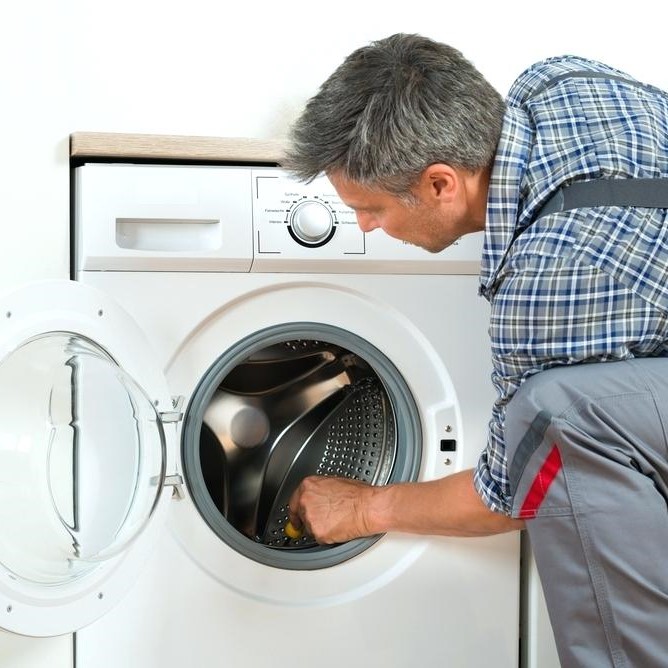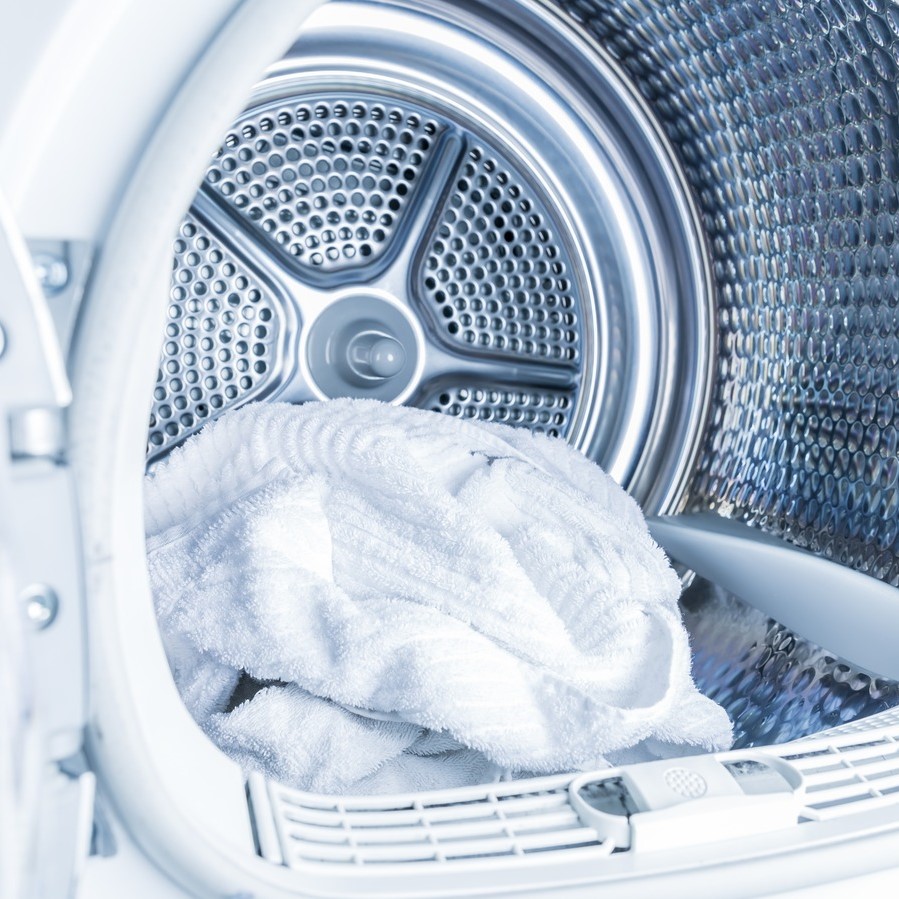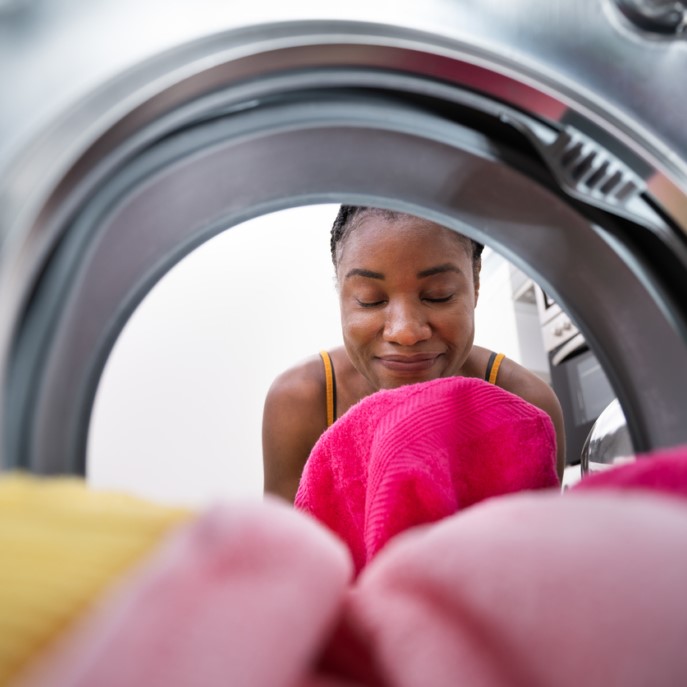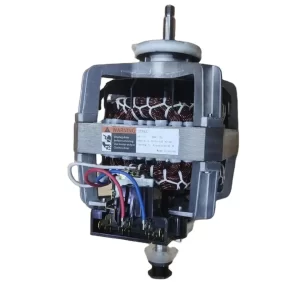How Long Does a Dryer Take to Dry Clothes: Factors About Drying
Understanding Drying Times: An Overview
When it comes to laundry, one of the most frequently asked questions in households across the US is, “How long does a dryer take to dry clothes?” The answer can vary widely based on multiple factors, and understanding these can help you better manage your laundry routine. Typically, a standard dryer takes approximately 30 to 60 minutes to dry a load of laundry, but this can shift due to various elements such as fabric type, dryer settings, and appliance condition. Therefore, it’s crucial to consider these factors to optimize drying efficiency and save both time and energy.
 The Role of Fabric Type
The Role of Fabric Type
One of the primary factors influencing drying time is the type of fabric in the laundry load. For instance, thicker fabrics like towels and blankets generally require more drying time than lighter materials such as t-shirts or dress shirts.
- Heavy Fabrics: Expect heavier items like towels to take longer to dry, often up to 60 minutes or even more, especially if the load is large. The additional thickness retains more moisture, requiring more time to dry effectively.
- Lighter Fabrics: Conversely, lighter garments can often be fully dried in as little as 30 minutes, particularly when using the appropriate settings. Quick-drying fabrics allow for a more efficient drying process, which can be beneficial for those with busy schedules.
- Mixed Loads: When drying a mixed load, the weight of the heaviest item often dictates drying time. This can lead to overdrying or uneven drying if not monitored correctly. If regular checks are made during the drying cycle, this can help you avoid these pitfalls.
Dryer Settings and Cycles
How long does a dryer take to dry clothes? Another critical factor affecting drying time is the settings you select on your dryer. Most dryers come with multiple drying cycles that cater to different fabric types and desired dryness levels.
- Standard Dry Cycle: This setting usually balances heat and time for everyday fabrics, taking an average of 40-50 minutes. It is usually the most appropriate choice for regular laundry.
- Heavy Duty Cycle: For thicker garments or larger loads, this option extends the drying time and uses higher heat settings for optimal results. This mode is particularly useful for comforters and blankets that require deeper drying.
- Quick Dry Cycle: If you’re in a rush, a quick dry cycle can be utilized; however, this is best suited for smaller loads or lighter fabrics and typically takes around 20-30 minutes. Make sure to avoid using it for items that require thoughtful drying techniques.
 Efficiency and Maintenance of Your Dryer
Efficiency and Maintenance of Your Dryer
The efficiency of your dryer can greatly influence how long it takes to dry clothes. A well-maintained appliance typically offers better performance, leading to reduced drying times.
- Lint Filter Maintenance: One often overlooked factor is the lint filter. A clogged lint filter restricts airflow and can significantly extend drying time. Always clean the lint trap before every load for optimal performance. This helps to maintain airflow and energy efficiency.
- Ventilation Quality: Additionally, ensure that your dryer vent is clear of obstructions. A blocked vent not only affects drying efficiency but can also pose safety risks, including fire hazards. Regularly inspecting the vent can prevent such issues.
- Regular Servicing: Regularly servicing your dryer to check for wear and tear or malfunctions can prevent issues that lead to prolonged drying times. When you receive professional maintenance, be sure to inquire about components that could affect performance.
Environmental Factors that Affect Drying Time
Environmental factors can also play a significant role in how long it takes for your dryer to dry clothes. Temperature, humidity, and even the altitude of your home can have varying effects on drying efficiency.
- Humidity Levels: High humidity levels in your home can slow down the drying process. In particularly humid climates, you may notice that your clothes take longer to dry. If you live in such conditions, consider running your dryer during less humid times of the day.
- Ambient Temperature: Conversely, warmer temperatures in your laundry room can speed up drying times. If your laundry room is cold, consider heating it during winter months to maintain efficiency. A well-heated space can reduce the time needed for drying significantly.
- Altitude Considerations: Homes located at higher altitudes may require longer drying times due to reduced air pressure, which affects how well the dryer can evaporate moisture from clothes. If you live in such areas, keep this factor in mind when assessing drying time.
 Tips for Optimizing Drying Times
Tips for Optimizing Drying Times
In addition to understanding the above factors, there are many practical steps you can take to optimize your dryer’s performance and reduce drying times effectively:
- Sort Loads Appropriately: Always separate heavier items from lighter ones to ensure even drying; this not only saves time but also helps maintain the quality of your fabric. Take note that mixed fabric types can require different drying cycles.
- Don’t Overload the Dryer: Overloading can lead to less effective drying, necessitating extra cycles. Ensure there is enough space for air to circulate freely within the drum, thereby maximizing efficiency.
- Use Dryer Balls: Adding dryer balls to your load can help separate items, allowing for more efficient drying while also softening fabrics naturally. This added space lets air circulate better through the clothes, which can shorten drying time.
- Pre-Dry Towels and Heavy Fabrics: Consider giving heavier items a head start by pre-drying them separately for about 10-15 minutes before adding them to mixed loads. This method can reduce overall drying time for your laundry.
The Benefits of Energy-Efficient Dryers
Investing in an energy-efficient dryer can not only help you save on utility bills but also significantly reduce drying times. Many modern dryers are designed with advanced technology that optimizes performance while conserving energy.
- Sensor Drying Technology: Many new models come equipped with sensor drying systems that detect moisture levels, adjusting drying times accordingly. This feature prevents overdrying and saves energy. Moreover, it reduces wear and tear on fabrics.
- Heat Pump Dryers: These types of dryers utilize significantly lower temperatures than conventional dryers and can offer quicker drying times for certain loads while being much more energy-efficient. They operate on a closed-loop system, which can enhance longevity.
- Consider Eco-Friendly Models: Researching and investing in eco-friendly models can provide long-term benefits, both in energy savings and drying efficiency. Such appliances not only help the environment but also deliver effective performance.
 Frequently Asked Questions
Frequently Asked Questions
Q1: How can I know if my dryer is functioning efficiently?
Signs of an inefficient dryer include significantly longer drying times, unusual noises during operation, and excessive heat on the appliance surface. If you notice any of these signs, consider having it serviced.
Q2: What should I do if my clothes are still damp after a cycle?
If your clothes remain damp after a complete drying cycle, consider resetting the dryer and running an additional cycle. Alternatively, check for overload and ensure that the lint trap is clean.
Q3: Can the environment affect my dryer’s performance?
Absolutely! Factors like humidity, temperature, and room conditions can greatly impact how well your dryer functions, so be aware of your laundry room’s environment.
Q4: What is the average drying time for specific fabrics?
For lightweight fabrics like shirts and t-shirts, expect around 30 minutes, whereas towels and heavy materials might take up to 60 minutes or more, depending on dryer settings.
Q5: Is it better to air dry or use a dryer?
Air drying saves energy and is gentler on fabrics. However, using a dryer is often more time-efficient and beneficial during colder months when moisture can linger in the air.
 Conclusion
Conclusion
In summary, knowing “how long does a dryer take to dry clothes” encompasses a multitude of factors, including fabric type, dryer settings, and the appliance’s condition. The general timeframe may range from 30 to 60 minutes, but this can shift based on how you manage your laundry loads and the environment in which you operate your dryer. By understanding these variables and adopting best practices, you can not only optimize drying times but also extend the life of your clothing and your dryer.
Ultimately, by taking the time to assess these factors and implement meaningful changes, you’re likely to experience enhanced drying performance in your home. All things considered, the key is to find a balance that meets your needs while maintaining an efficient laundry process. Furthermore, armed with this knowledge, you can make informed decisions regarding your laundry routine, ensuring that your clothes come out dry, fresh, and ready to wear while reducing energy consumption and time spent in the laundry room. Embrace these insights to optimize your drying process for the best results!

